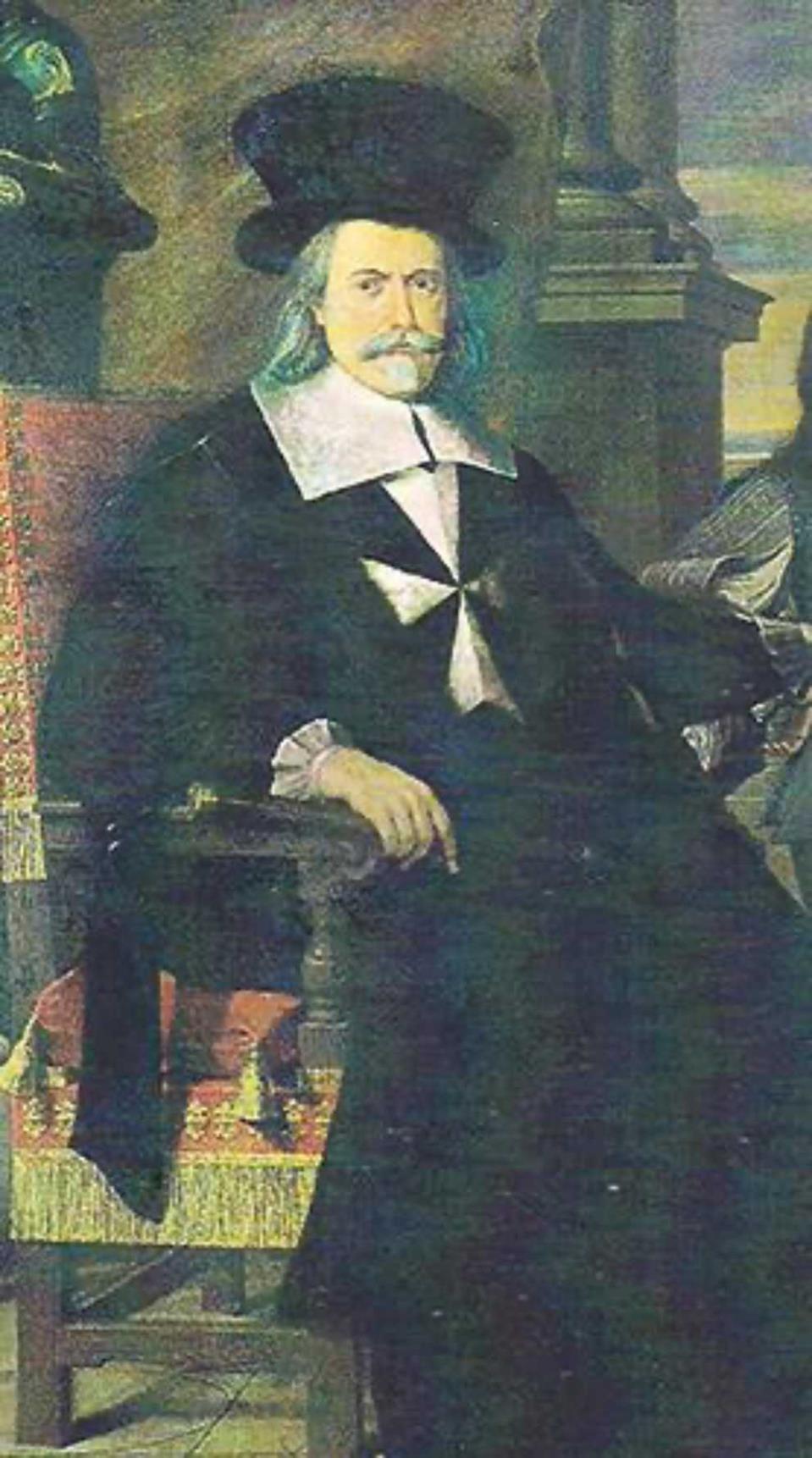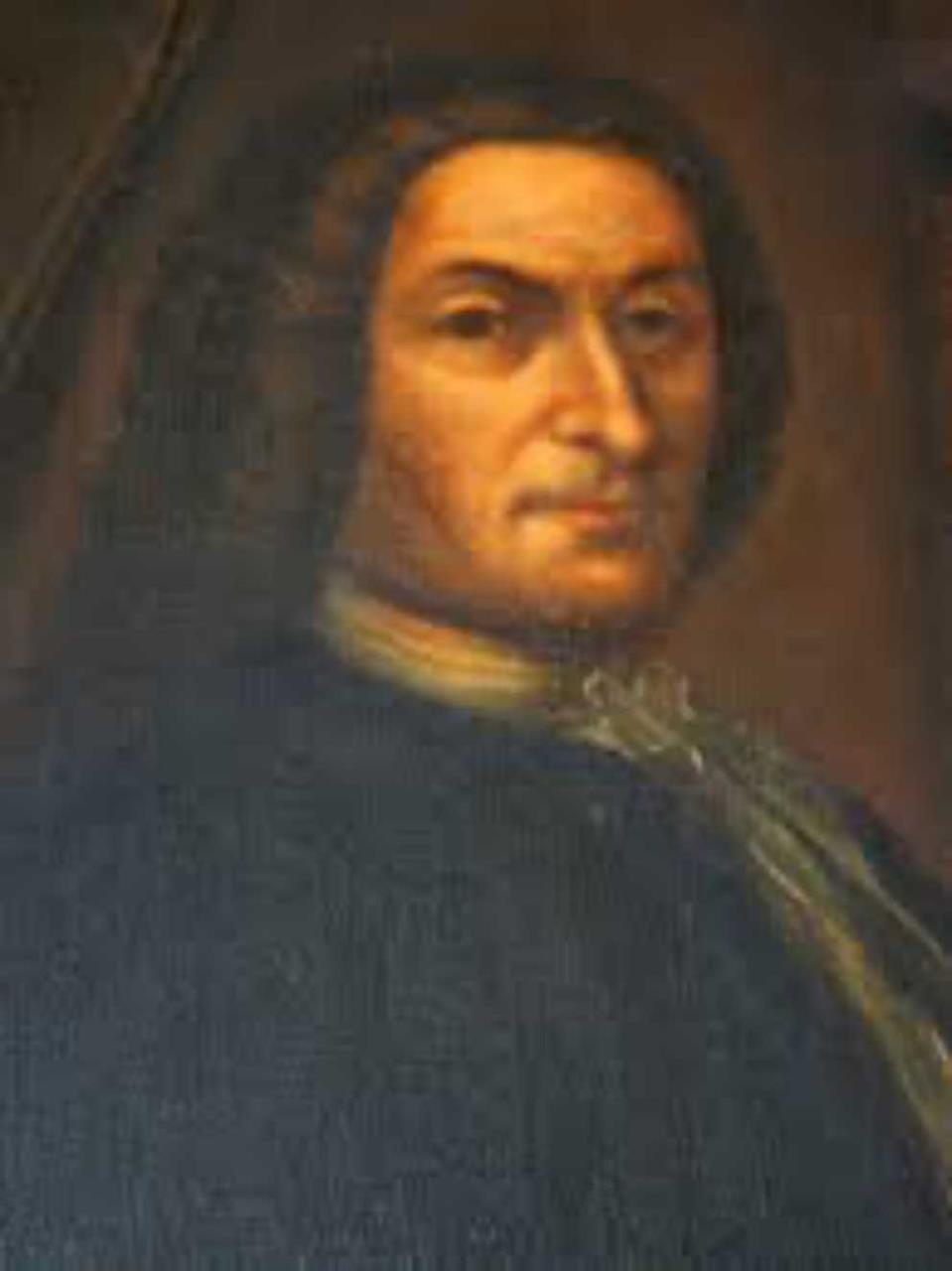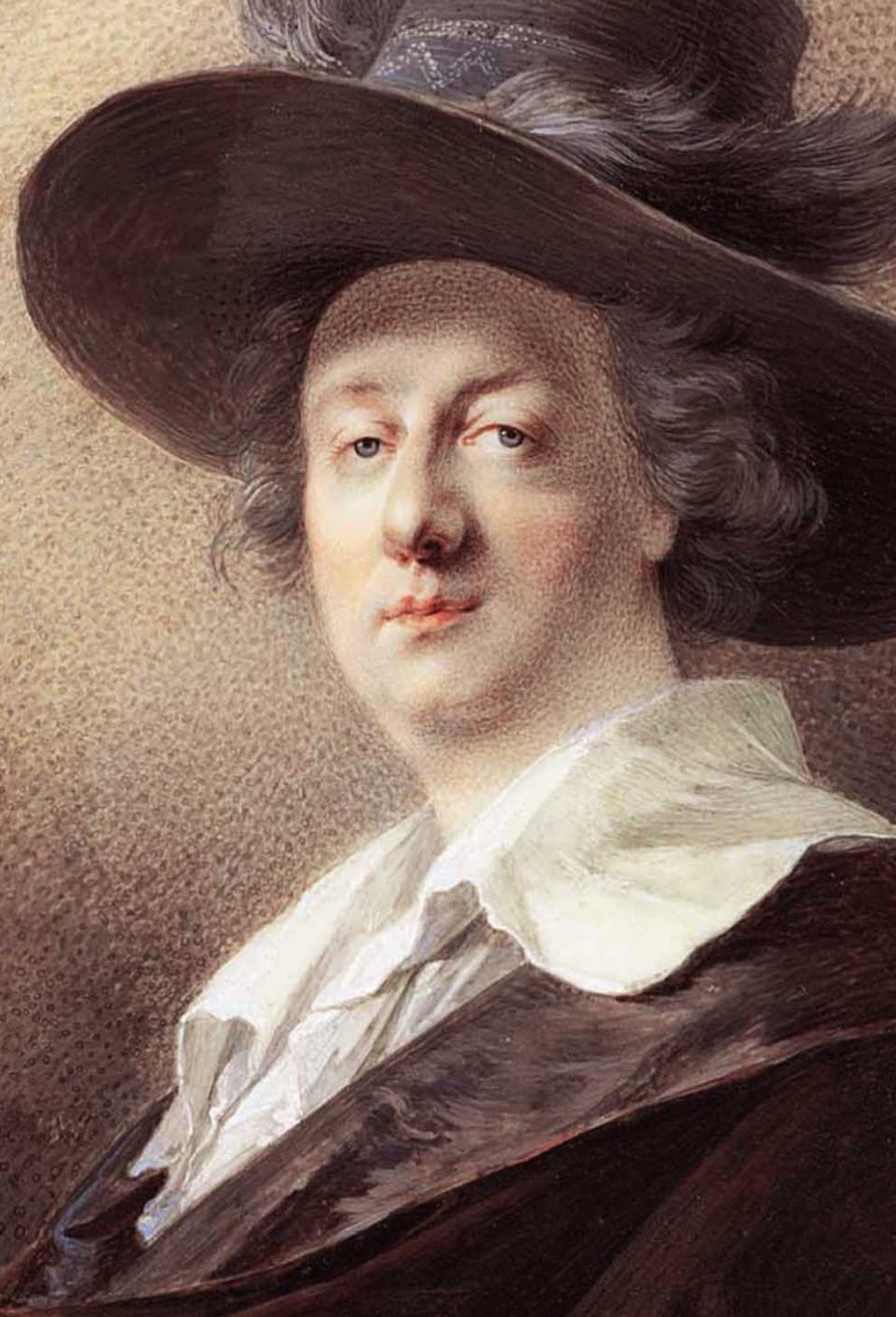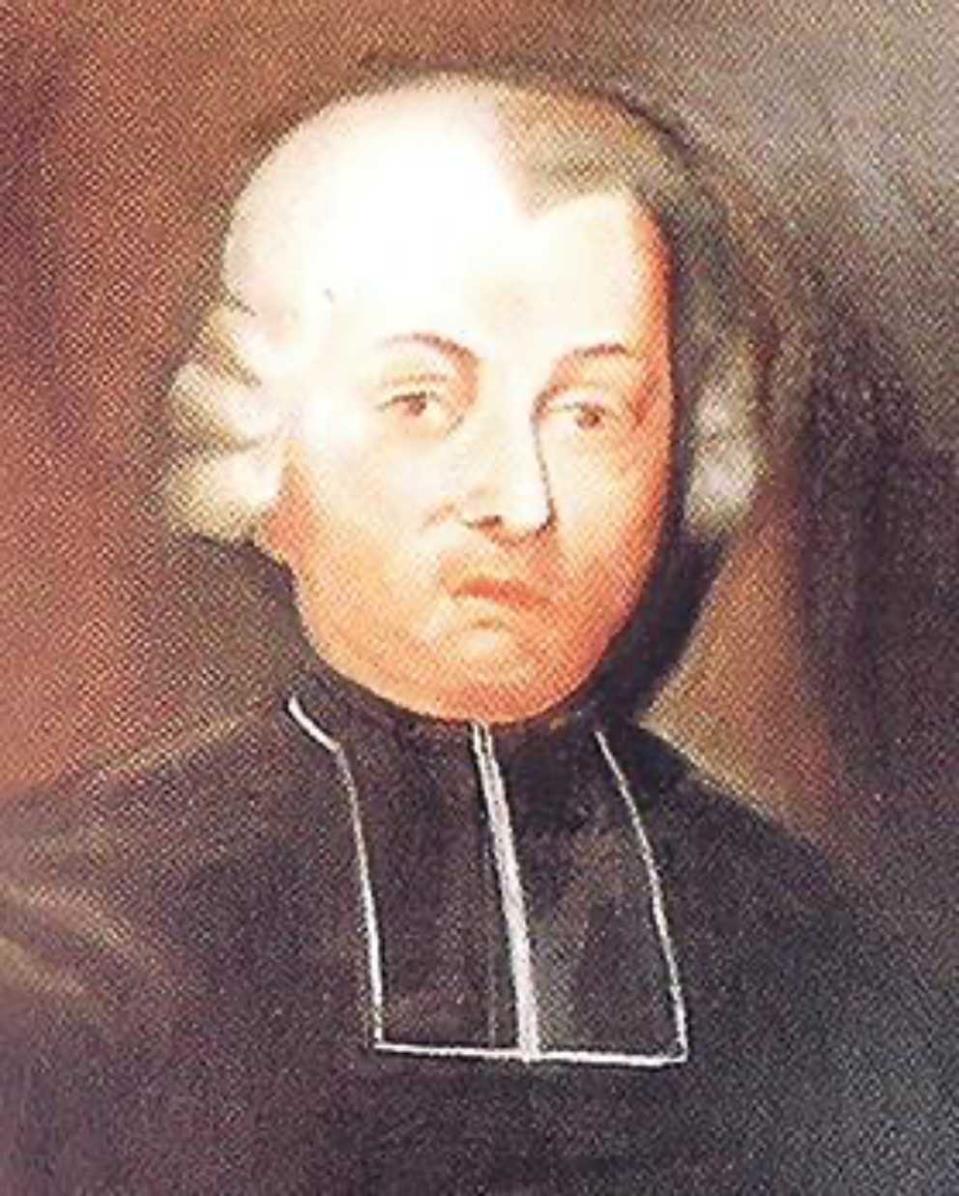The former Sacra Infermeria in Valletta is very much linked with the origins of medical teaching in Malta.
This is because it was in this place that in 1676, the School of Anatomy and Surgery was founded by the Spanish Grand Master Nicolás Cotoner, and this would become the prelude to the Faculty of Medicine at the University of Malta.
During the Order’s time on our island, the Sacra Infermeria gained a reputation as one of the best hospitals of the time, due to the high standards of medical care provided to its patients, and the expertise of the medical, surgical, and nursing staff employed there, including a number of foreigners.
But despite the high quality of medical services offered, for a long time, there was no medical school on the island where Maltese students could be prepared for a medical career.
The only option was to sponsor promising Maltese students to study abroad, with the agreement that they would then be employed at the Sacra Infermeria.

This situation changed when on 19th December 1676, Grand Master Cotoner announced his decision to set up the School of Anatomy and Surgery at his own expense. Later on, he also ensured that funding would continue being made available for it even after his death, through the setting up of the Cotoner Foundation.
Although Nicolás Cotoner was responsible for numerous important projects during his time in office, such as the redecoration of St. John’s Co-Cathedral and the construction of the Cottonera Lines, it is perhaps not surprising, given that he was the head of a hospitaller order, that he also gave importance to the improvement of the medical field, particularly at a time when Malta was only just recovering from the devastating plague outbreak of 1676 - an event that surely highlighted the importance of excellent medical arrangements.
Furthermore, among the thousands of dead, there had been no less than 16 surgeons - a very concerning development, since while a doctor became qualified after following an established course, surgeons required years and years of practice and experience before they achieved their status.
Thus, Cotoner might have been trying to remedy this situation by providing facilities for new surgeons to be trained in as short a time as possible.

Nicolás Cotoner
Over time, a number of Maltese surgeons would lead this institution.
The first lecturer to be appointed was Rev. Dr. Joseph Zammit, who apart from being a well-known physician and benefactor, had also paid for the setting up of a botanic garden in the ditch of nearby Fort St. Elmo, where a number of medicinal plants and herbs were planted to be used at the Sacra Infermeria.
This botanic garden was later transferred to the former gardens of Bailiff Ignatius d’Argote at Floriana, becoming what we now know as the Argotti Gardens. Zammit lectured Maltese and foreign students who aspired to become surgeons.
At this time, the course to become a surgeon lasted 10 years, as a result of which, students, who had to know how to read and write, were normally admitted at a young age, sometimes as young as 12.
Initially, however, only theoretical anatomy and surgery were taught, as in those times, dissections on cadavers were not approved by the Church, and moreover, there were no amenities to carry out such work.
It was the Italian Grand Master Marc’Antonio Zondadari who directed that to help the study of anatomy, post-mortem examinations should be undertaken at the Sacra Infermeria.
Consequently, in 1721, the Maltese surgeon Gabriele Henin was sent to learn practical anatomy for three years at the hospital of Santa Maria Nuova in Florence, at the Order’s expense.
Upon his return in 1724, he was placed in charge of the School of Anatomy and Surgery, where he became the first to introduce classes of dissection and demonstrations on the human body, which now became compulsory for all students.
In order to provide the teacher of anatomy with the necessary materials, it was laid down that the bodies of all those who died at the Sacra Infermeria, including high-ranking knights, had to be subjected to autopsies.
This was quite an innovative measure when compared to the situation in most contemporary medical schools in Europe, where only the unclaimed bodies of patients and of executed criminals were available for dissection.

Gabriele Henin
Dissections could only be performed in winter, as with no freezers to preserve the cadavers, the job proved impossible in hot weather, due to the smell of putrefying bodies, although a number of anatomical models in coloured wax were eventually acquired to enable the students to continue their studies all year round.
Although dissection was at first carried out in the hospital itself, later on, a dissection room was built in the hospital’s graveyard, and this was eventually replaced by an anatomical theatre in 1794.
This purposely-built semi-circular building remained in use by the Medical School of the University of Malta and still stood on the site where the Evans Building is now located until 1942 when it was destroyed by the aerial bombardments of World War Two.
The School of Anatomy and Surgery at the Sacra Infermeria would go on to produce a number of exceptional pupils, such as the renowned ophthalmologist Joseph Barth.
Born in Valletta in 1746, Barth started his medical education in this institution, before moving abroad to Rome, and eventually to Vienna in Austria, where he earned his medical doctorate in 1772.
He would go on to become a Professor of Ophthalmology and Anatomy at the University of Vienna and was eventually appointed as oculist to Emperor Joseph II.
Even after his official retirement in 1791, Bart would continue to serve as personal imperial physician and ophthalmologist until his death in 1818, aged 71.

Joseph Barth
Probably the most successful was one of Henin’s former students, Michelangelo Grima, who started his apprenticeship at the medical school in 1743 at the age of 14.
Recognising his talents, the Order of St. John paid for Grima to travel to Europe to continue his training as a surgeon, on the condition that he would return to Malta once this was finished.
Grima received a doctorate in Philosophy and Medicine from the University of Pisa and was appointed as a dissector in Florence. He then moved to Paris and ended up serving as a surgeon with the French army in Cassell, Germany, during the Seven Years War.
As a result of his experiences treating wounded soldiers, he specialised in the field of traumatic surgery - knowledge that he passed on to his students when he became Chief Surgeon at the Sacra Infermeria.
Grima became known for his speed and accuracy whilst performing complicated surgeries, and was undoubtedly one of the most talented surgeons of 18th century Europe.
It was during his time in charge, between 1763 and 1797, that the School of Anatomy and Surgery was at its peak.

Michelangelo Grima
On 1st September 1771, the school was incorporated within the Faculty of Medicine of the University of Malta, which Grand Master Emanuel Pinto de Fonseca had set up in 1769.
Despite the Order of St. John being forced to leave Malta in 1798, the Faculty of Medicine would continue preparing students for a career in surgery, and indeed still does so to this very day - albeit from a different location at Mater Dei Hospital - almost three and a half centuries after it was first set up thanks to the vision of Grand Master Nicolás Cotoner.

The latest development in the long history of this historic building came only last year, when a new augmented reality museum, titled ‘Reliving The Sacra Infermeria’, was inaugurated.
The idea of a augmented reality museum, which brings together history and technology, was brought about by the need to satisfy visitors’ curiosity about the building’s former history without interrupting ongoing conferences or theatre performances that are regularly held here.
Now, by downloading a mobile application that makes use of augmented reality, one can once more relive the building’s former days as a hospital.
Re-Living the Sacra Infermeria is a project co-financed through the European Regional Development Fund
Matthew Camilleri is Tours Manager at Colour My Travel
www.colourmytravel.com
_________________________________________________________________________________
References:
Grima, J. F. (2018, December 16). The Origins of Malta's Medical School - December 19, 1676. The Sunday Times of Malta, pp. 60-61.
Rozena, S. Disease and Dissection: A History of Surgery in Malta. Museum of the Order of St. John. Retrieved June 16, 2021, from https://museumstjohn.org.uk/disease-and-dissection-a-history-of-surgery-in-malta/
Cassar, P. (1969). Malta and its Medical School. Chest-piece, 3(1), 11-15.
Cassar, P. (1983). From The Holy Infirmary of the Knights of St John to the Mediterranean Congress Centre. Malta